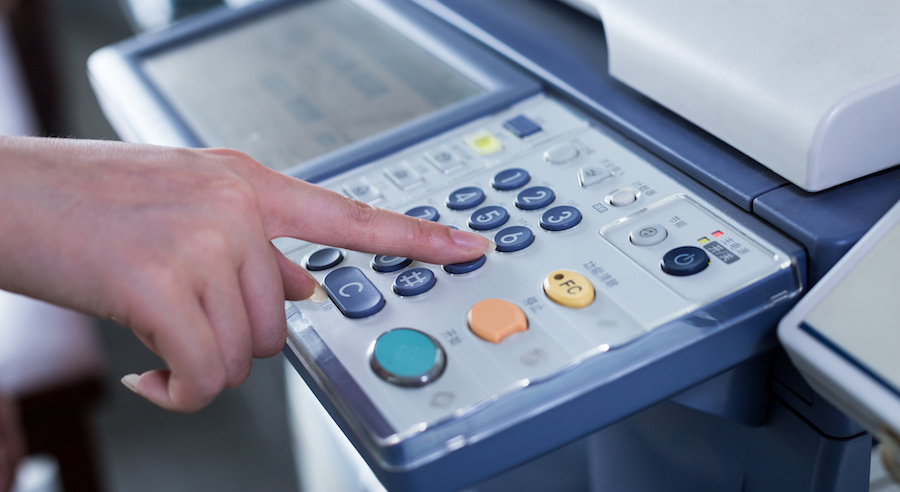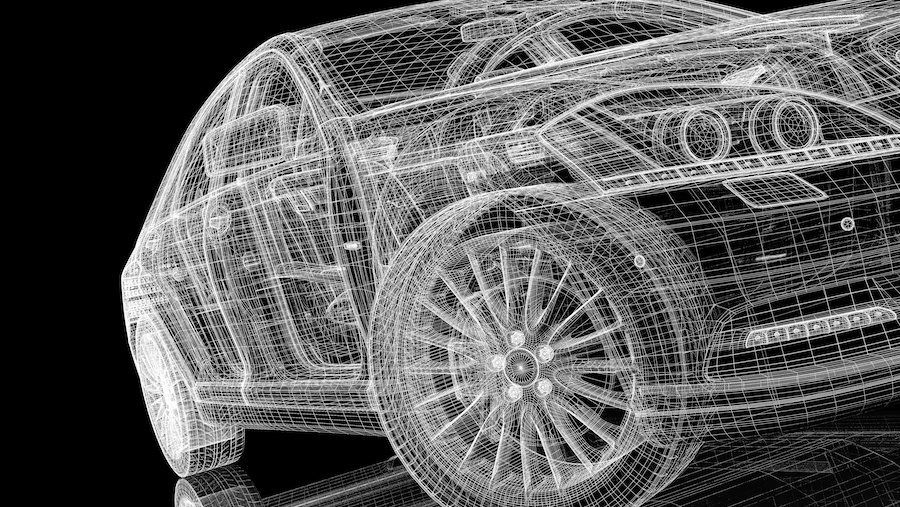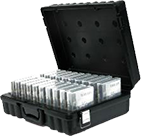In the digital age most everyday business operations are instantaneous. It takes seconds to send an email or video call a colleague. It takes seconds for high volumes of data to be transferred from one employee’s desk to another’s, no matter what the distance. Yet the same cannot be said for the document imaging and scanning machines in offices across the country which continue to work at a pace that 21st century office workers are not accustomed to.
Many employees are reluctant to use their offices’ in-house scanning and photocopying machines, knowing how long they can take to complete everyday administrative tasks. This, and a number of other factors, put off employees from using their in-house imaging and copier machines altogether, with important scanning and photocopying projects left uncompleted.
5 Problems with Scanning and Photocopying in the Office:
1. The Seemingly Endless Queues
Most companies that stick to modest budgets will perhaps have one or two photocopying/scanning machines in an office. In the past this ratio might have worked just fine. However, now that most employees prefer working on documents in digital formats the demand for scanning machines has increased. Any employee that has had to stand in line waiting to use a scanning machine at work will be all too aware of this increased demand. These queues take up employees’ time and take them away from more productive pastimes, and waiting in line for a scanning machine is certainly not going to brighten up an employee’s day either.
2. The Inevitable Technical Hitch
Most employees are used to photocopier jams and technical malfunctions that are regular occurrences in offices. This does not mean that they are any less of a nuisance. These technical hitches can cause further delays for employees and added stress if they are working towards tight deadlines. In some cases an employee will have to track down an onsite IT expert, or if it is a particularly serious defect they might have to call on outside help. In some instances it could be that a machine’s ink has run out which means a run to the supply cupboard; either way delays and stress are likely.
3. Unsatisfactory Results
Hand fed scanners and photocopiers are not only time consuming but often produce poor results. If employees are having to hand feed a number of documents at a time it is likely that some mistakes will be made; after all scanning and photocopying for long periods of time is hardly thrilling. An employee might accidentally photocopy an out of position document or put a scanned document into the wrong file online. Correcting such mistakes only takes up more time but can also lead to embarrassment for employees who have to offer up these substandard copies at meetings. Employees who are in a rush are certainly more likely to make these sorts of mistakes, mistakes which a superior wouldn’t find very impressive.
4. Heightened Vulnerability to Office Gossip
Whilst office gossip cannot be totally avoided many employers try to quell it as much as possible. Office gossip is not only distracting but it also harmful to employee morale. Many employees are often the unwilling recipients of office gossip and would rather be getting on with more productive activities at work; however when forced to stand in line to use scanning or photocopying machine there is very little else they can be getting on with. An employee waiting in line to photocopy or scan their work is a prime target for a notorious office gossip and so any superior who is looking to limit gossip in their workplace should start with the coffee dispenser, and then the scanner queue.
5. Employee vs. the Photocopying Machine
Using a complicated scanning or photocopying machine can sometimes feel like a never ending battle for employees. Employees don’t want to look like a fool in front of their other colleagues, especially since scanning and photocopying machines are hardly new technology.
Take this scenario: an employee desperately needs to make copies of a document, for an important meeting with clients and investors starting in a matter of minutes, if they fail to do so correctly they risk facing the wrath of their line manager, but they are also aware that the other employees waiting in line are now angrily glaring in their direction. Asking for help is simply out of the question, it would be the third time this week that they have had to ask the snooty office IT whizz to help them find the on button. So the employee battles on, pressing random switches in the hope that one of them makes this wretched machine given them want they want.











